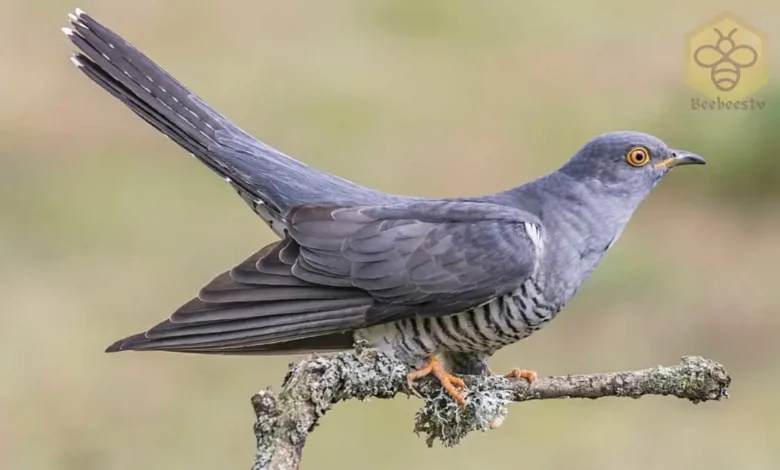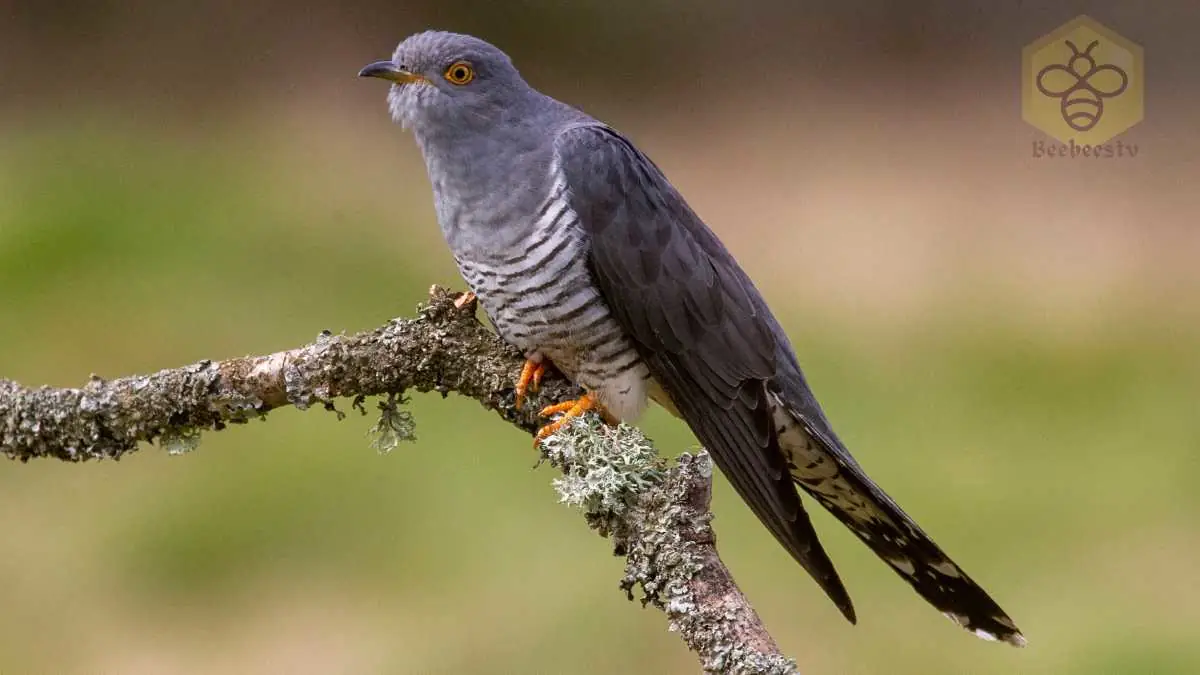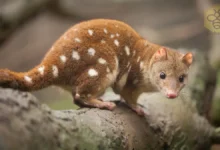Cuckoo: A Master of Deception

Cuckoo: The Clever and Mysterious Bird
Cuckoo
Introduction
The cuckoo is a fascinating bird known for its unique call and clever reproductive strategy. Found across various continents, this bird is famous for its brood parasitism, where it lays its eggs in the nests of other birds. With a distinctive sound and remarkable survival tactics, the cuckoo has captured the human imagination for centuries.
Scientific Overview
Scientific Name
Family Cuculidae
Common Name
Cuckoo
Scientific Classification
| Kingdom | Animalia |
| Phylum | Chordata |
| Class | Aves |
| Order | Cuculiformes |
| Family | Cuculidae |
Types of Cuckoos
There are over 140 species of cuckoos, but the most well-known include:
- Common Cuckoo (Cuculus canorus) – Found in Europe and Asia, known for its famous call.
- Greater Roadrunner (Geococcyx californianus) – A ground-dwelling cuckoo from North America.
- Channel-billed Cuckoo (Scythrops novaehollandiae) – The world’s largest cuckoo, native to Australia.
- Asian Koel (Eudynamys scolopaceus) – A noisy and colorful cuckoo from South and Southeast Asia.
Habitat and Distribution
Cuckoos are found on every continent except Antarctica, thriving in:
- Forests
- Grasslands
- Wetlands
- Urban gardens
Some cuckoo species are migratory, traveling thousands of miles between breeding and wintering grounds. The common cuckoo, for example, migrates from Europe to Africa every year.
Physical Characteristics
Size and Weight
- Length: 6–27 inches (15–69 cm), depending on the species.
- Weight: 1.5–26 oz (40–750 g).
- Lifespan: 5–12 years in the wild.
Appearance
- Slender body with a long tail.
- Pointed wings, suited for swift flight.
- Color varies by species, from dull brown to vibrant blue and green.
- Bright red or yellow eyes in some species.
Diet and Feeding Habits
Cuckoos are omnivorous, feeding on:
- Insects (especially caterpillars, even toxic ones).
- Small vertebrates (lizards, eggs, and nestlings in some species).
- Fruits and seeds (for certain tropical cuckoos).
Their ability to eat toxic caterpillars makes them valuable in controlling pest populations.
Predators and Threats
Cuckoos face threats from:
- Birds of prey like hawks and eagles.
- Snakes that raid their nests.
- Habitat destruction due to deforestation and urban expansion.

Reproduction, Babies, and Lifespan
Cuckoos are famous for their brood parasitism, where they lay eggs in the nests of other birds.
- Egg mimicry: Their eggs often resemble those of their host species.
- Fast hatching: Cuckoo chicks hatch earlier and may push host eggs out.
- Raised by unaware foster parents.
Some cuckoo species, like the roadrunner, build their nests and care for their young.
Population and Conservation Status
- Common cuckoos are declining in some regions due to habitat loss.
- Conservation efforts include protecting natural habitats and migratory routes.
Behavior and Lifestyle
- Mostly solitary birds, except during breeding.
- Highly vocal, with distinctive calls.
- Fast and agile fliers.
- Some species are excellent runners, like the roadrunner.
Ecological Role
Cuckoos help control insect populations, especially caterpillars. Their brood parasitism influences host bird behavior, leading to adaptations in bird species over time.
FAQs About Cuckoos
1. Why do cuckoos lay eggs in other birds’ nests?
This strategy helps them avoid the hard work of raising chicks, increasing survival rates.
2. Do all cuckoos practice brood parasitism?
No, some build their nests and raise their young, like the roadrunner.
3. Can cuckoos recognize their species?
Yes, they learn their calls and behaviors instinctively.
4. Are cuckoos migratory birds?
Many species, like the common cuckoo, migrate long distances seasonally.
5. What is the lifespan of a cuckoo?
Most live between 5 to 12 years, but some have lived longer in captivity.
Conclusion
The cuckoo is an intelligent and adaptable bird with unique survival strategies. Its ability to mimic eggs, migrate vast distances, and control pest populations makes it a fascinating part of the avian world. However, habitat destruction and climate change pose threats to some species. Conservation efforts are essential to ensure these incredible birds continue to thrive.


